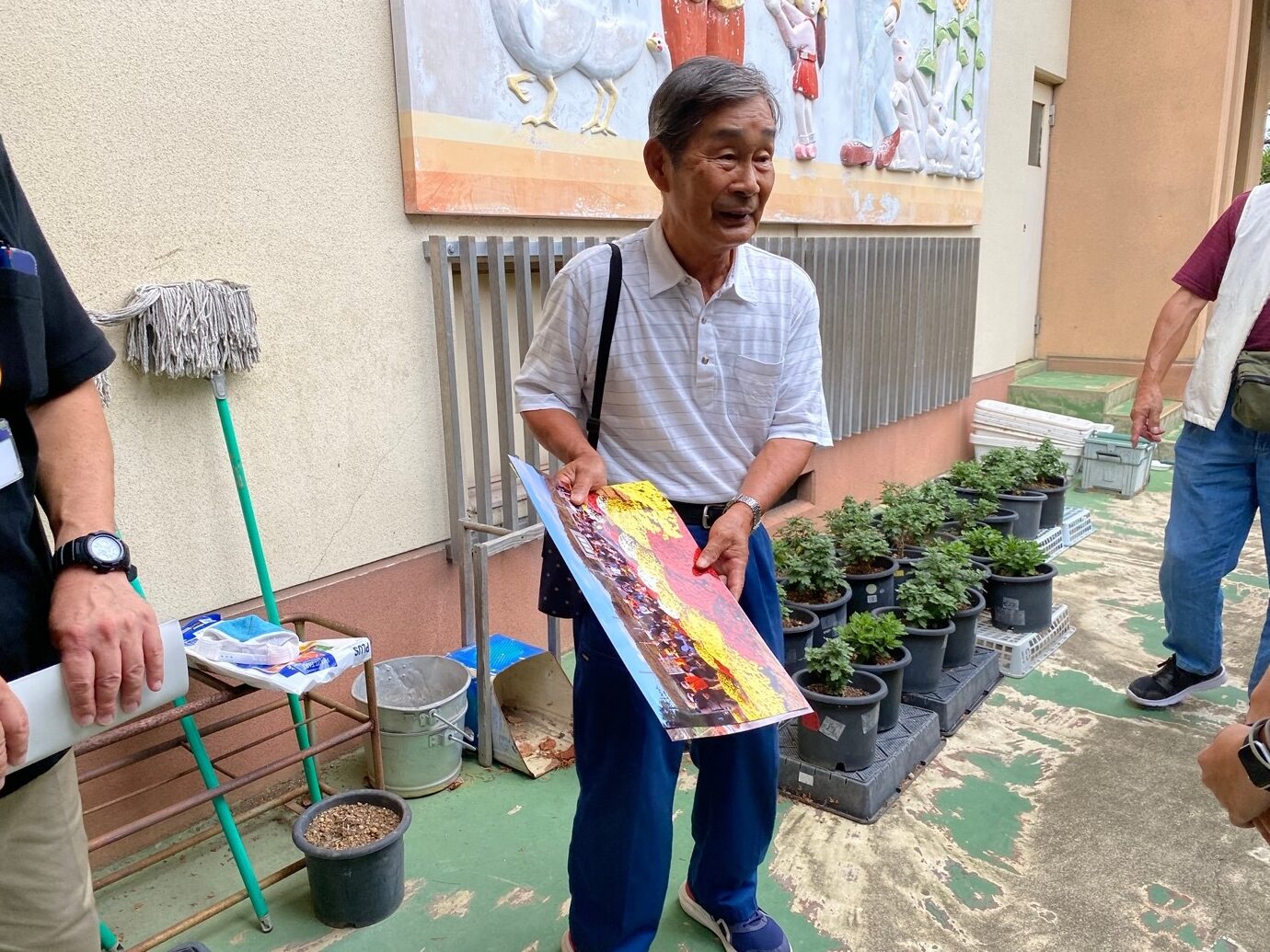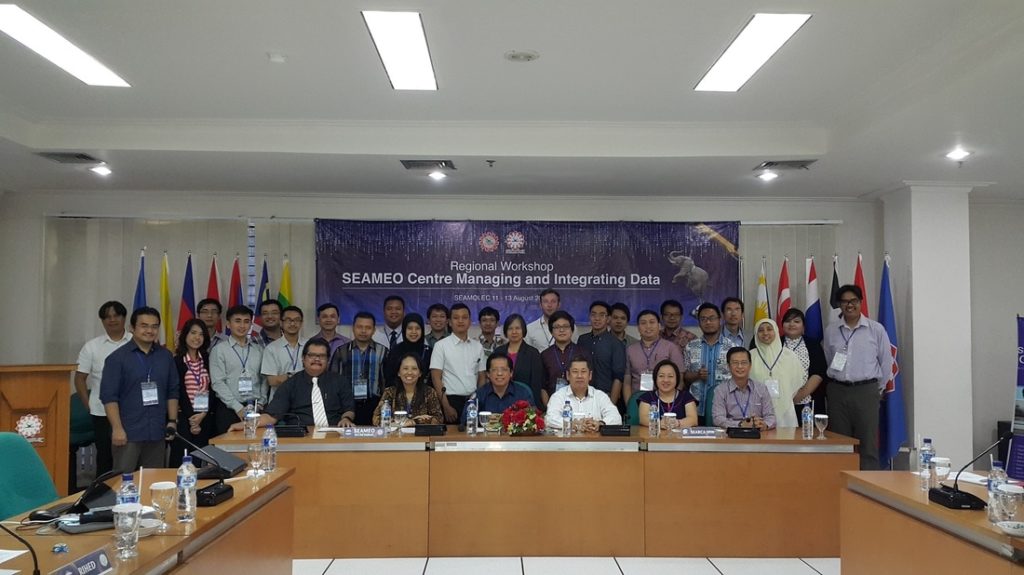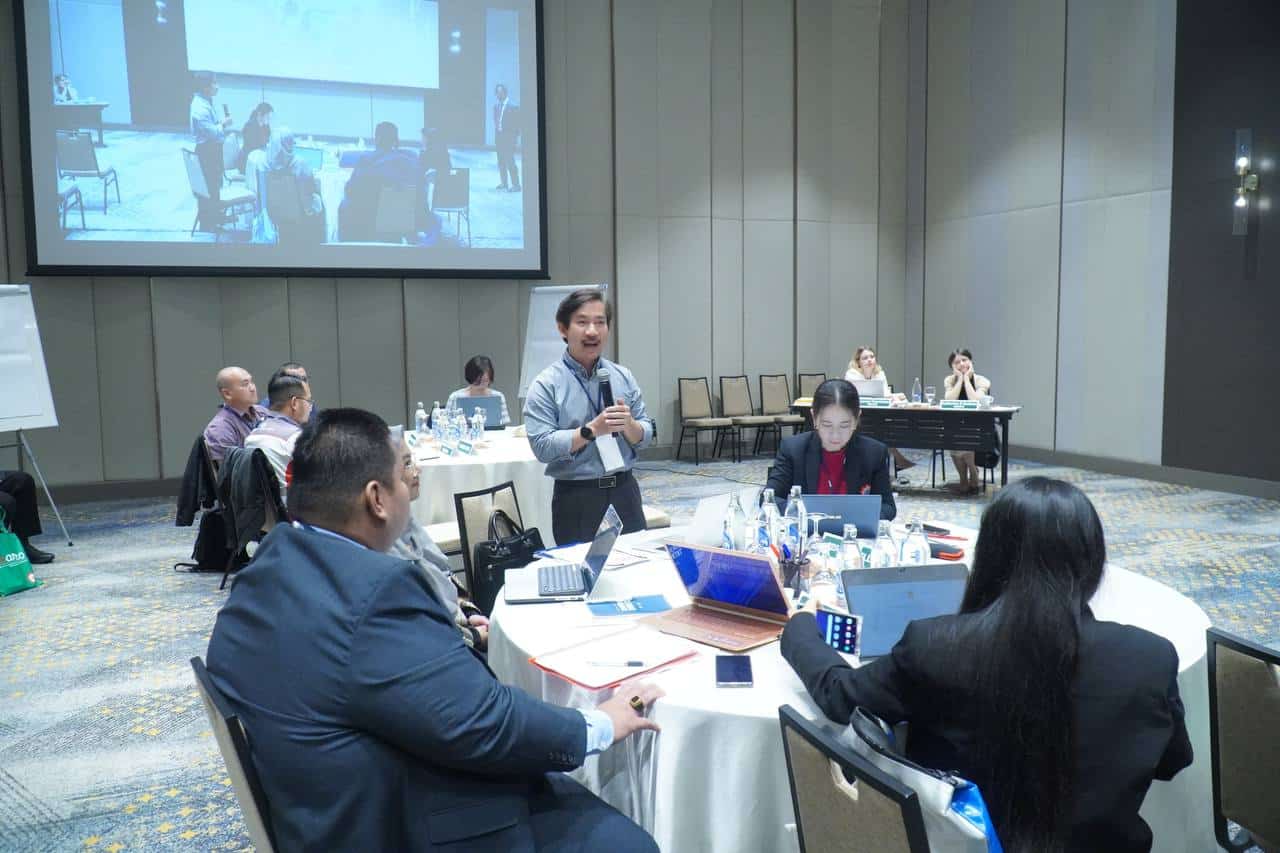From 19 to 22 August 2024, SEAMEO CELLL conducted a study visit to five Japanese community learning centres and a city Education Board to learn about this successful model. The trip was made possible with the careful arrangement of Prof Oyasu Kiichi, Director of Education Cooperation Department, Asia-Pacific Cultural Centre for UNESCO (ACCU).
Kominkan, or Japanese community learning centres, are community-based centre set up to serve the learning needs of local people. More than that, they are sites for cultural activities, social gatherings. Beginning after World War 2, Kominkan quickly developed into an intensive network with 36406 Kominkan in 1955 for community development, social interaction, cultural awareness enhancement, and adult education.
The team from SEAMEO CELLL included Mr Khau Huu Phuoc, Research and Training Manager as head of the delegation, Mr Phan Anh Minh, Research and Training Manager specialist, Ms Nguyen Thi Hai, Mr Nguyen Van Chuyen, academic officials, Ms Le Lan Huong administration official, and Ms Nguyen Thi Lan, an education specialist from SEAMEO CELLL’s partner.
On the first day, the delegation was warmly received by the Board of Education of Okayama City, and in its office in the city hall. Both parties engaged in an exchange of information about community-based learning centres in their respective countries. While the two models share many similarities, a few distinctive features stand out. In particular, Kominkan are primary places of learning, but it is “connecting people” that is its unique feature. A strong sense of community is a hallmark of all Kominkan activities. Also, Kominkan receive a large proportion of financial support from the local and city government (1.5 biilion yen from Okayama City), and they are present in every of the 37 school districts. Another interesting fact is the majority of Kominkan participants are elderly individuals who attend classes to pursue hobbies such as cooking, calligraphy, fine arts, and dancing. Kominkan are one of the three social education institutions in Japan.

The delegation then moved to Saidaiji Kominkan. The Director and the Programme Manager of the Kominkan shared that the Kominkan is a hub that connects residents, both young and middle-aged and elderly living in the area. The Kominkan is their second home where there is much interaction between generations.
Sponsored programmes of a wide variety of topics are held annually, some by the Kominkan itself, others through collaboration with schools or organisations in the district. One such school-Kominkan activity is the Ogami, where local children and adults come together to play school, children acting teachers and adult learners and vice versa. The aim is to help children get acquainted and connected with different people in the community, to encourage adults who have not participated in community activities to socialise, and ultimately to strengthen the community tie.
This center operates under the city’s education department and also supports the work of the City Hall. The purpose of the Kominkan is to support the daily activities and well-being of local residents. Programmes are offered in ten categories, disigned by the programme staff in consultation with representatives of the community. The Kominkan also provide rooms for learning circles who actively form to learn specific skills.

The next day, the delegation visited Kyoyama Kominkan. The centre was established in 1994 to promote and carry out education for sustainable development among others. It promotes studies and awareness raising of climatic change, and the faura and flora of the local area.
Last year, the Kominkan offered 28 sponsored programmes and hosted 73 club activities, attracting 41,000 visits. Considering Kyoyama District’s population of 24,000, this level of engagement is remarkable. Activities such as music and dance events, agricultural projects, and volunteer meetings are particularly popular, drawing wide participation and applause from the community. These initiatives aim to foster environmental protection, sustainable practices, and local cultural life.
A cultural club organises traditional activities, including a heritage map creation project. This initiative encourages local residents to explore their surroundings, identify both tangible and intangible heritage, and document these on a community map, fostering a deeper understanding of local culture and history. The Kominkan also collaborates with other organisation to revive cultural life and enhance people’s awareness of soco-economical issues. Like other Kominkan in Japan, there is much volunteer contribution form the local community. For instance, a local specialist offers a special cooking class that teaches how to cook for children with difficulty eating, or an enthusiast sets up a communication club that provides Japanese lessons and cultural advice to expatriate communities in the area.

In the afternoon, the delegation visited Koki Kominkan for a “flip” meeting, with SEAMEO CELLL being the informant to a group of leaders and officials from different Kominkan in Okayama instead of being the interviewers. Mr Phuoc presented about the management structure and operation of Vietnam community learning centres and how this model benefits local people.

The following day, the delegation visited and worked with Nadeshiko Kominkan, which was established in 1985 in Hiratsuka City. The delegation was welcomed by the City Mayor. In his welcome remarks, he noted that this was one of the 26 Kominkan in the city with has 750,000 turns of users annually and has strong relationships with welfare organisations. He explained that there is one Kominkan in each of the 25 school districts of the city, and one central Kominkan, each serving 10,000 residents. Once a month, 26 local groups gather at the Kominkan to share information, discuss local issues, and explore learning needs of the people.
The social education specialist of Nadeshiko Kominkan then further provided information on the centre’s programmes and activities. He emphasised that community spirit was a key success of the centre, illustrating by later showing the delegation to the garden of flowers created by school children and adults plus the Kominkan staff working together on a piece of land. A total of 4,000 flowers were grown and each year the Kominkan garden became an attraction site where people come and appreciate the beautiful flowers and have their photos taken among the bed of flowers. He emphasised that this activity fostered the love for one’s hometown.

The last Kominkan the delegation visited was Tsuchiya Kominkan in Tsuchiya District, about 10km west of the city centre of Hiratsuka. Established in 1968, Tsuchiya Kominkan is one of the older community learning centres in the country. Its programmes are categorised into activities for students, citizens, and family life. As Tsuchiya District is a valley between hills and villages, a key objective of the local government and the Kominkan is to attract young people to come and settle in the area. To achieve this, numerous cultural activities are organised to raise the district’s visibility. One such initiative is the Chrysanthemum Planting Project, which culminates in an annual exhibition each November, drawing tourists and showcasing the community’s close-knit way of life.
For local residents, there are lots of interesting activities and learning which the Kominkan aims to make fun to join so that the local people will enjoy when participate. These include the Tanabata making and competition, story-telling contests, Autumn Stargazing and Planetarium Event, and even a workshop named “Let’s have fun learning about blood pressure.” The Kominkan thrives to cater to all local learning needs, including niche offerings such as a class on replacing the pad of a table tennis racket for just one adult.

During the time in Japan, the delegation also paid a visit to the University of Tsukuba, one of the top research universities of Japan, and the first public university of Japan to have an overseas branch. The institution boasts three Nobel Laureates in Physics and Chemistry, and 115 Olympic medals and ranked No 1 on the Impact Rankings 2021 by Times Higher Education. Dr Nakao P. Normura, Manager of International Admission, Admission Centre of the university, introduced the institution, highlighting that the university offers over 40 degree-programmes, and that many programmes are now offered at affordable fees in both Japanese and English to facilitate study among international students, and that an average of 2.500 international students from 116 nations study at the University. The University offer beneficial policies to these students such as private tutoring, health examination, subsidied dorms, and fee reduction.
















